Memes for Therapy?
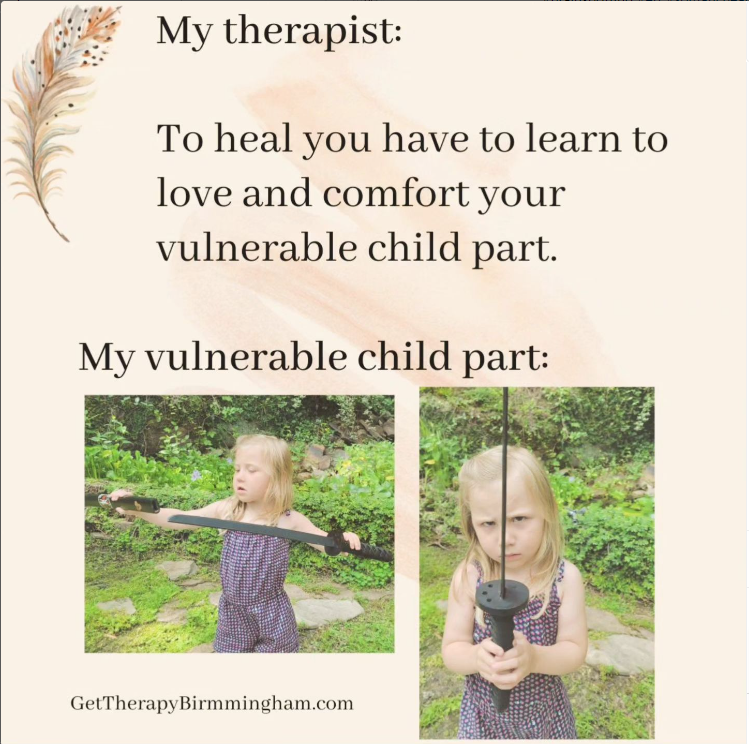
In the digital age, memes have become an integral part of online communication, serving as a shorthand for expressing ideas, emotions, and cultural trends. From silly cat pictures to political satire, memes have evolved into a complex and ever-changing form of social commentary. This article explores the rise of memes, their impact on internet culture, and their role in shaping online discourse.
What Are Memes?
Definition:
A meme is an idea, behavior, or style that spreads from person to person within a culture, often through imitation and online sharing.
Origin:
The term “meme” was coined by biologist Richard Dawkins in his 1976 book “The Selfish Gene,” drawing a parallel between the spread of ideas and the replication of genes.
Evolution:
With the rise of social media and online forums, memes have become increasingly visual, often taking the form of images, GIFs, or videos with text overlays.
The Power of Memes
Rapid transmission:
Memes can spread quickly across social media platforms, reaching millions of people within hours or even minutes.
Cultural reflection:
Memes often reflect and comment on current events, societal issues, and pop culture, serving as a barometer of public opinion and cultural trends.
Community building:
Memes can foster a sense of belonging and shared experience among online communities, creating a common language and in-group identity.
Subversive potential:
Memes can be used to challenge authority, subvert dominant narratives, and provide a platform for marginalized voices.
Challenges and Controversies
Misinformation:
Memes can be used to spread false information, conspiracy theories, and propaganda, contributing to the spread of “fake news” and eroding trust in media and institutions.
Copyright and intellectual property:
The rapid spread and modification of memes can raise questions about ownership, attribution, and fair use of images and content.
Offensive content:
Some memes may contain offensive, discriminatory, or hateful content, contributing to online harassment and reinforcing harmful stereotypes.
As memes continue to evolve and shape online communication, it’s important to approach them with a critical eye. By understanding the power and potential pitfalls of memes, we can engage in more meaningful and responsible online discourse.
Whether you’re a casual social media user or a digital native, memes have likely become a part of your online experience. By recognizing the role of memes in internet culture and using them thoughtfully and responsibly, we can harness their power to connect, inspire, and drive positive change in the digital landscape.
Types of Therapy


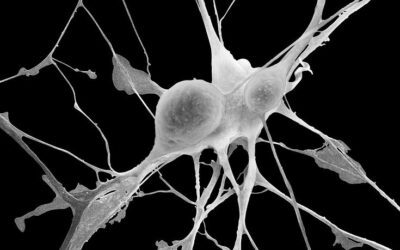

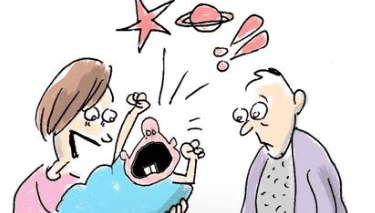
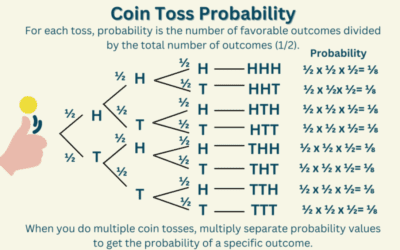




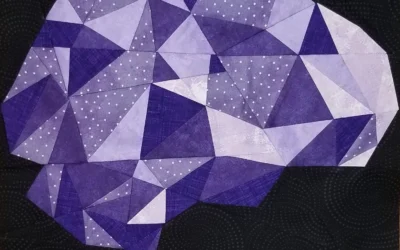













0 Comments